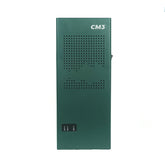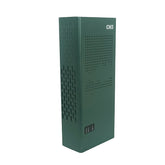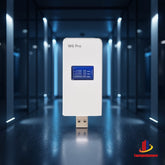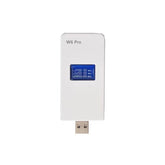A Solution Worth Millions: Overcoming RF Jamming at Airports
Modern airports handle an incredible volume of air traffic as air travel becomes cheaper and more widespread. To manage hundreds of take-offs and landings, topological hazards, weather changes, mechanical failures and security threats daily, nothing is more critical to air traffic control than communication. This is why when communication is compromised, especially RF communication, in a busy airport, there is no alternative but to drastically reduce operations until the problem is resolved, at a potential cost of millions of dollars.
RF has many civilian and military uses, which means there are many potential sources of interruption (unintentional or premeditated) and subsequent chaos when it occurs. Since in most cases problems are reported and not measured, there is a dearth of data to classify interference (signal strength, duration, frequencies impacted, etc.). The process of identifying and isolating the source can be laborious; not all interference is persistent, so by the time monitoring equipment arrives on the scene, the source may have stopped working or changed location or frequencies. RF interference can occur as a result of various activities; some can be harmful, some are caused by legitimate electronics operating with conflicting frequencies, and some can occur as a result of a malfunction. In order to find and fix the problem, RF monitoring equipment operated by qualified engineers should be deployed to determine the precise frequency and direction of the interruption. A faulty transceiver on a back and forth aircraft can generate interference and disrupt the normal operation of a control tower for months and go undetected.

Potential Solution: Continuous Monitoring
Some companies have developed continuous RF monitoring equipment, designed to provide wide coverage and provide a constant stream of information about impending and continuing interference. Although this requires the purchase of expensive equipment, the potential savings in reduced downtime can be significant. By simply detecting civilian RF jammers, cellular jammers, or GPS jammer, such a system can quickly direct operations personnel to the root cause of the disturbance and save valuable time, greatly limiting the financial impact of such interference.
As the airwaves and traffic lanes become more congested, RF interference goes from nuisance to terrible threat. The fragility of RF communication means that finding and neutralizing any source of interference is paramount to the safe operation of an airport. Whether it is improving the speed of deployment of an RF surveillance vehicle or investing in a fixed RF surveillance solution, airports must invest in order to preserve the integrity of their communications.













